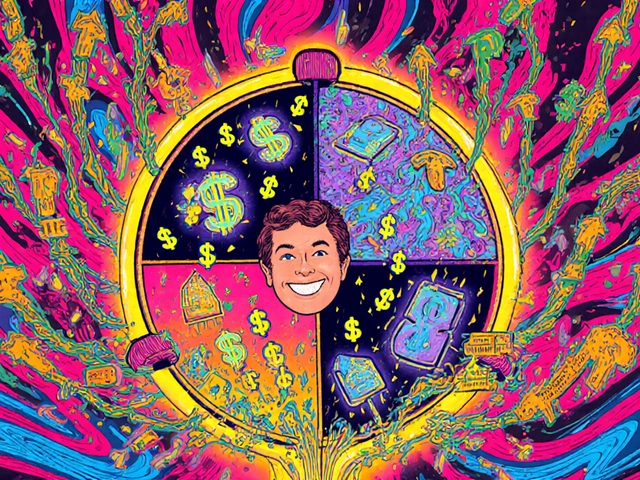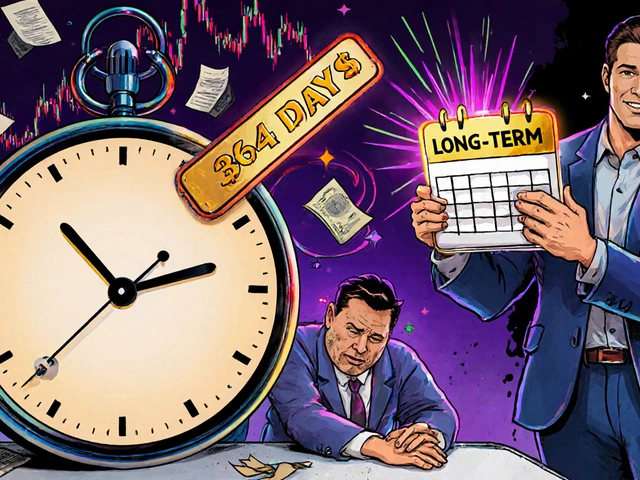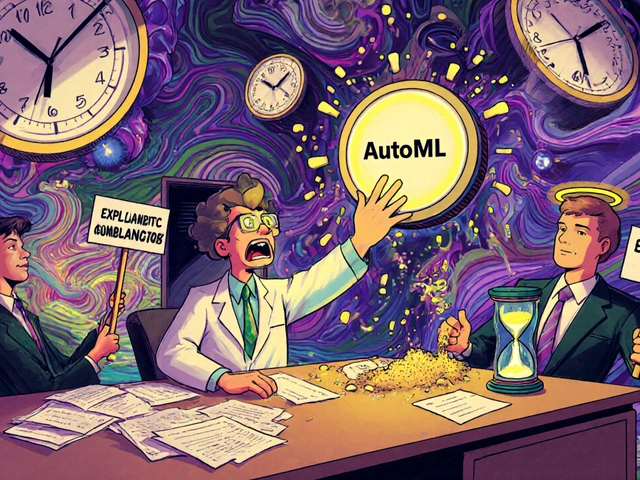Debt Consolidation: How to Combine Debts and Lower Payments
When you’re juggling multiple credit cards, medical bills, or payday loans, debt consolidation, the process of combining multiple debts into a single loan with one monthly payment. Also known as debt merging, it’s not magic—it’s math. But done poorly, it can trap you in longer payments and higher fees. The goal isn’t just to move debt around. It’s to pay less in interest, reduce monthly stress, and actually get to zero.
Most people use personal loans, fixed-term loans from banks or online lenders that often have lower rates than credit cards to pay off high-interest balances. Others turn to balance transfer credit cards, cards that offer 0% intro APR for 12 to 21 months, letting you pay down debt without interest. But here’s the catch: if you don’t close the old accounts, you’ll likely end up with the same debt plus a new loan. And if your credit score is below 670, you might not qualify for the best rates. That’s why some turn to debt management plans, programs run by nonprofit agencies that negotiate lower rates and combine payments through a single monthly payment. These aren’t loans—they’re structured repayment plans with creditors.
What most guides don’t tell you? Debt consolidation only works if your spending habits change. You can consolidate $30,000 in credit card debt with a 5% personal loan, but if you run up another $10,000 in new charges, you’re worse off. The real win isn’t the new loan—it’s the discipline that comes with it. That’s why the best results come from people who track every dollar, cut unnecessary subscriptions, and use cash or debit for daily spending.
Some people think debt consolidation is a quick fix. It’s not. It’s a reset button. It gives you clarity. It turns five confusing bills into one predictable payment. And if you pair it with an emergency fund—even a small one—you stop using credit for car repairs, doctor visits, or broken appliances. That’s how people finally get out of debt for good.
Below, you’ll find real breakdowns of tools, strategies, and mistakes people make when trying to simplify their debt. No fluff. No upsells. Just what works.





